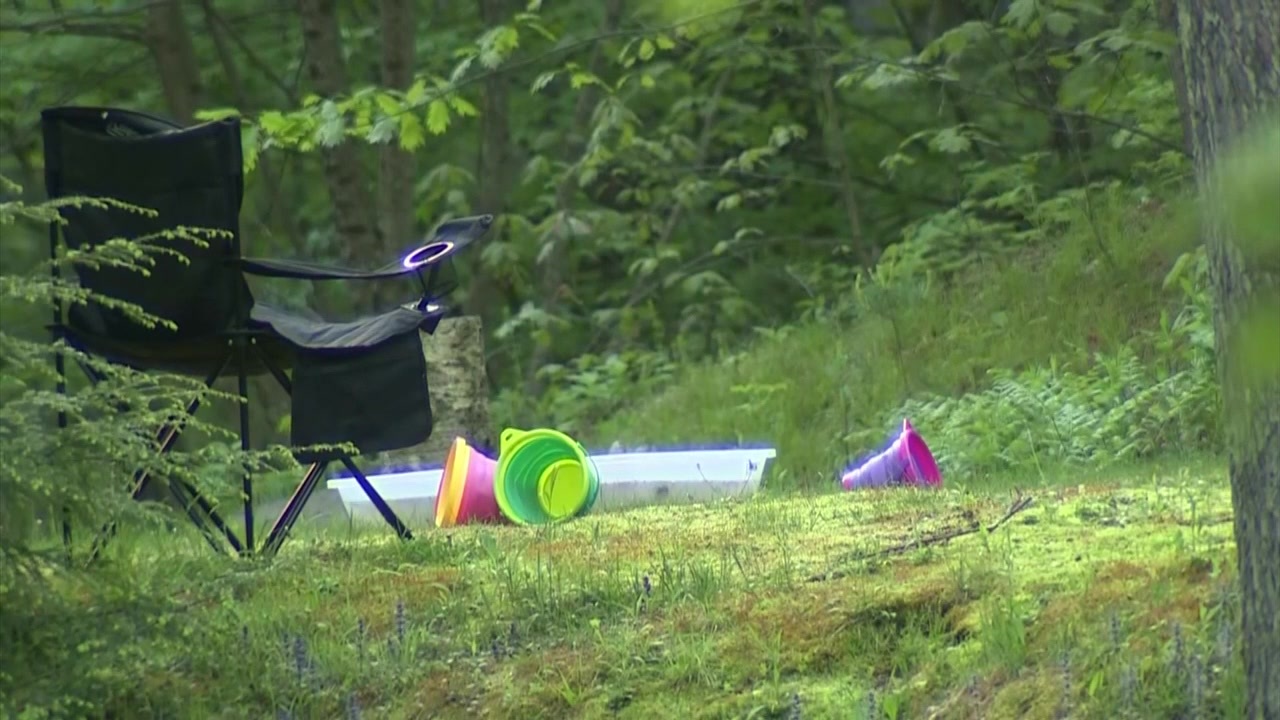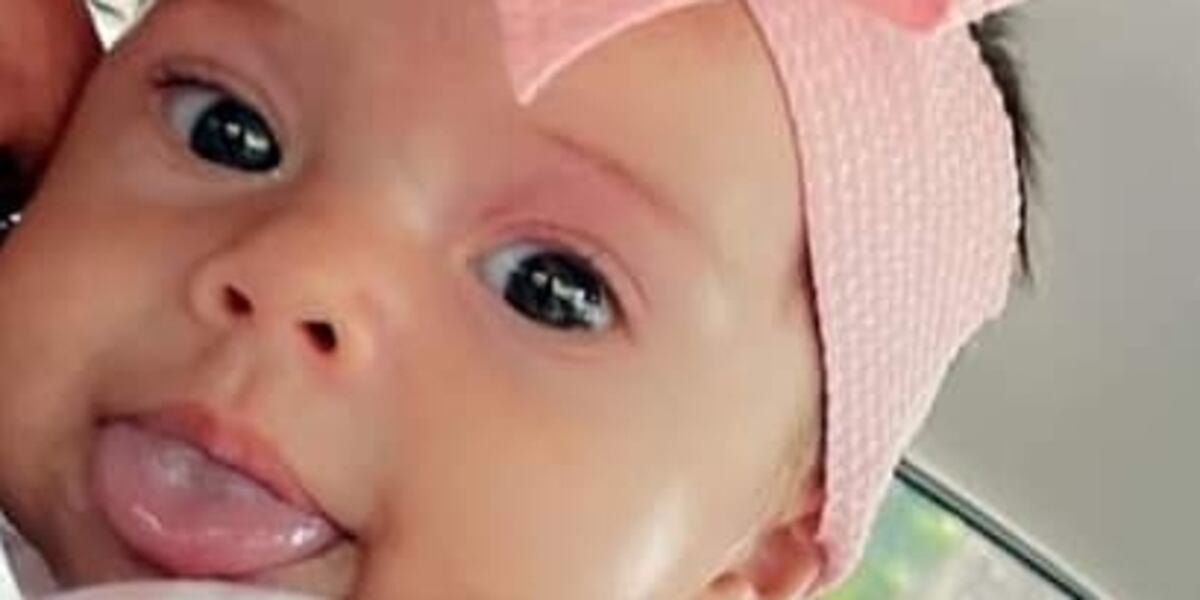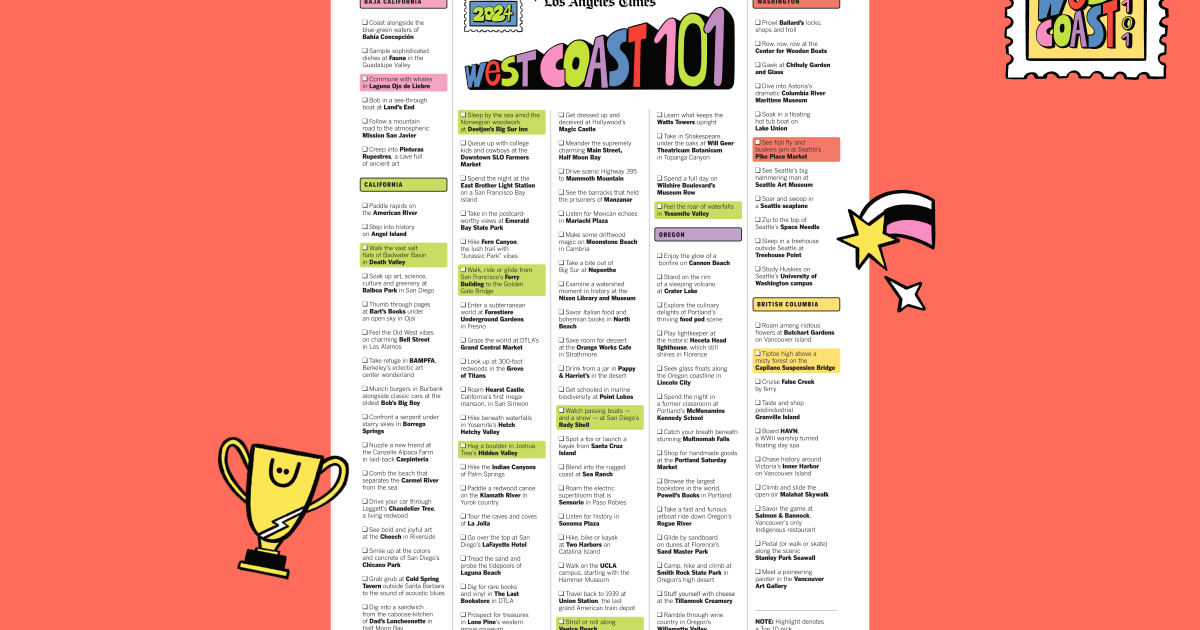Lifestyle
‘Love to You, Donna Summer’ documents the disco queen — but at a distance

Love to You, Donna Summer debuts on Saturday, May 20, on HBO.
HBO
hide caption
toggle caption
HBO
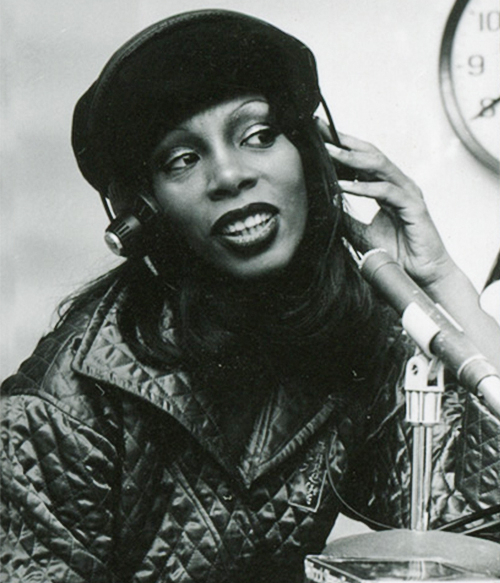
Love to You, Donna Summer debuts on Saturday, May 20, on HBO.
HBO
This may sound odd now, but when Donna Summer first hit America’s pop music charts in 1975, it was a steamy, scandalous moment.
Her first hit, “Love to Love You Baby,” featured Summer making noises of pleasure which sounded seriously sexual, inspiring the BBC to initially refuse to play the record and interviewers to ask what exactly she was doing while tracking the vocals.
But as Summer explains in a clip from HBO’s documentary Love to Love You, Donna Summer, the singer was not actually a sultry, sexy seductress.
“It wasn’t me, it was something I was playing,” she says. “It was a role. Everyone that knew me would call me up and say, ‘That’s not you, [moaning on the record] is it?’ Yeah, it’s me.”
A secretive artist
Unfortunately, HBO’s film struggles to define who Summer actually was, despite knitting together interviews with family members, archival clips and home movie footage — all guided, in part, by her daughter Brooklyn Sudano.

Summer’s daughter, Brooklyn Sudano.
HBO
hide caption
toggle caption
HBO
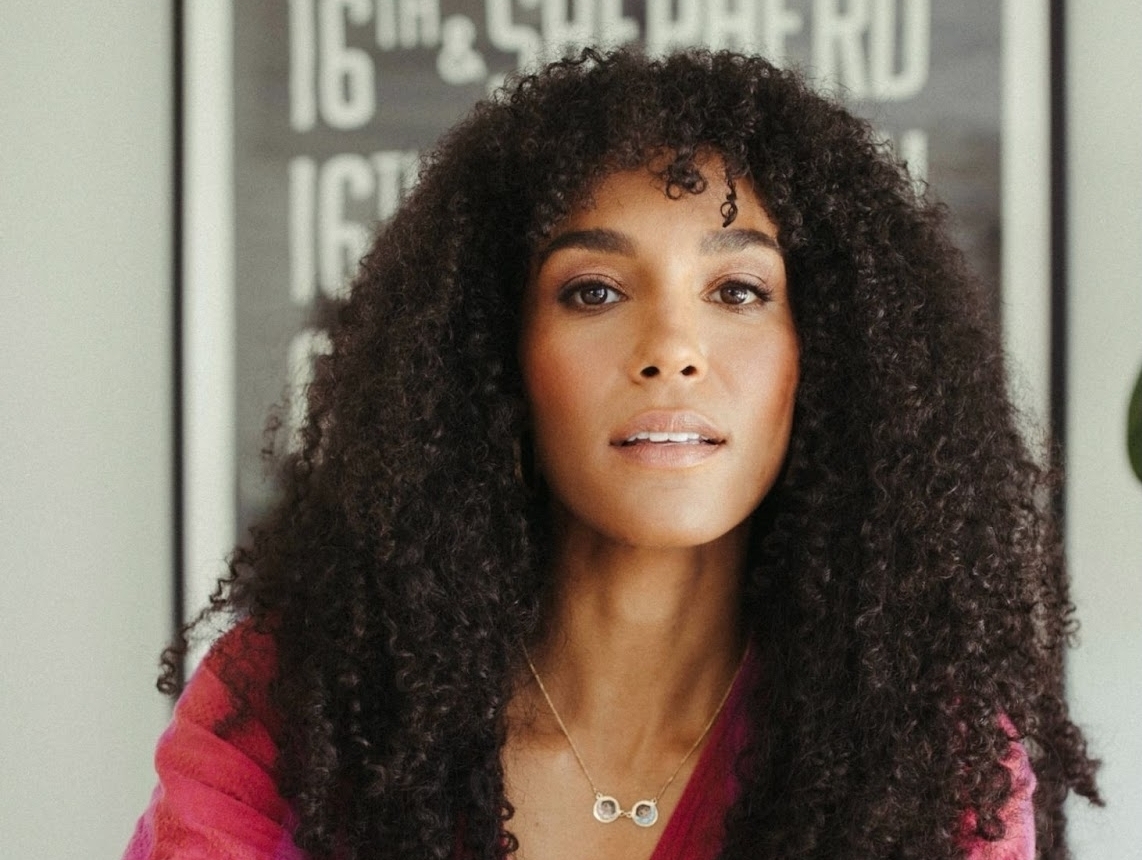
Summer’s daughter, Brooklyn Sudano.
HBO
Sudano co-directed the film with Oscar- and Emmy-winning documentarian Roger Ross Williams, searching for meaning in her mother’s story. The movie notes even Summer’s children sometimes found her tough to know — including one scene in which Sudano’s sister, Amanda Ramirez, talks about how secretive their mother could be.
“We were never allowed in her room; the door was always locked,” Ramirez says. “We would find out things by reading newspaper articles … I actually remember the first time that we heard ‘Love to Love You.’ Didn’t even know it existed. Brooklyn came in the room and was like, ‘Have I got a song for you to hear!’”
One thing the film does make clear: Summer’s towering abilities as a singer, performer and songwriter. It shows how she suggested the title for “Love to Love You”; was inspired by an exhausted restroom attendant to write “She Works Hard for the Money”; and co-wrote the percolating synthesizer riff which powers her 1977 hit “I Feel Love” with disco-producing legend Giorgio Moroder.

Summer in the studio with disco-producing legend Giorgio Moroder.
HBO
hide caption
toggle caption
HBO

Summer in the studio with disco-producing legend Giorgio Moroder.
HBO
Elton John spoke about that song’s impact in a clip used by the film: “I remember when ‘I Feel Love’ came on at Studio 54,” he says. “You just stopped in your tracks. What is this? It sounded like no other record.”
Summer says they were going for a specific vibe in the studio: “When I went into do it I had the sense that I was floating. And that’s what…we wanted to maintain, that floaty kind of — that elation that you feel when you’re in love.”
YouTube
Born LaDonna Adrian Gaines and raised in Boston, Summer grew up singing in church. Later, she moved to Germany for a production of the musical Hair and began making records. The film offers lots of performance footage and behind-the-scenes clips, recounting her fights with her record company, abusive lovers and the struggle to be recognized as more than just a disco queen.
But perhaps because Summer held back from her family, the film rarely digs deeply into any aspect of her life before moving on. This is especially noticeable when Sudano asks her uncle Ric Gaines about allegations Summer was molested by a church pastor.
“It became a defining moment in her life,” Gaines says. “It’s not easy when you don’t tell or [don’t] have the ability to tell people.” But its tough to see exactly how this incident defined her life, or at least why her brother believed it did.
A structure that feeds confusion

Summer at her piano.
Estate of Donna Summer / HBO
hide caption
toggle caption
Estate of Donna Summer / HBO

Summer at her piano.
Estate of Donna Summer / HBO
The film’s structure doesn’t help. Subjects speaking about Summer’s life are often not shown talking on camera, so it’s difficult to know if you’re hearing an archival interview or something recorded for the film. And Sudano doesn’t reveal much about how she pulled the movie together, making it hard to judge why some elements are used the way they are.
Even Summer’s death in 2012 from lung cancer is handled obliquely, with fleeting glimpses of what she went through. Such pivotal moments deserve a bit more detail; without them, the audience remains at a distance.
For those who only know Summer through hits like “She Works Hard for the Money” and “Last Dance,” HBO’s film offers important context about her talent and lots of great performance footage. But like the artist herself, the film can also be maddeningly enigmatic, just when you want to know more.



Lifestyle
'IF' only! These imaginary friends are sweet, but could have been so much more

Bea (Cailey Fleming) and Blue (voiced by Steve Carell) in IF.
Paramount Pictures
hide caption
toggle caption
Paramount Pictures

Bea (Cailey Fleming) and Blue (voiced by Steve Carell) in IF.
Paramount Pictures
The third installment in John Krasinski’s blockbuster horror franchise A Quiet Place will soon employ noise-triggered monsters to scare audiences shoutless. But the filmmaker is starting the summer with sweeter monsters — the sweetest, really — in IF.
Which doesn’t mean they don’t cause 12-year-old Bea (Walking Dead’s Cailey Fleming) to faint right away the first time she sees them — though in fairness, she’s got a lot on her mind. Having already lost her mom to cancer, she’s moving in with her grandma for a bit while her dad’s in the hospital awaiting surgery.
Still, when wouldn’t encountering a giant plush critter in the apartment upstairs be startling, even if he turns out to be a sweetheart voiced by Steve Carell? It’s an imaginary friend (an “IF,” in his parlance) of a kid who’s long forgotten about him — and who, being colorblind, named him “Blue” even though he’s purple.
Also up there is Blossom (voiced by Phoebe Waller-Bridge), a life-size ballerina doll, and the apartment’s harried resident, Cal (Ryan Reynolds), the only person besides Bea who seems able to see IFs.

Bea has been trying to be very grown up for her dad, played by director Krasinski. When she visits him at the hospital, he starts dancing with his I.V. pole and cracking jokes, and she has to tell him to dial things back a bit. As the film goes on, you may be tempted to echo that with regard to his directing, but things are certainly lively as the IFs explain that they’ve started a matchmaking agency to help fellow imaginary friends find new kids. Bea volunteers to help, and is soon introduced to a whole lot of critters – unicorns, dragons, even a flaming marshmallow — at an IF retirement home in Coney Island.
All of which gives Krasinski an excuse to call in an army of digital animators, first to bring life to imaginary critters voiced by his A-list Hollywood buds, including George Clooney, Awkwafina, Matt Damon, Emily Blunt, Jon Stewart, Steve Carell, and the late Lou Gossett Jr. in a warmly avuncular turn as a supervising teddy bear. And then to make the walls and floors of the retirement home morph and flip as if they’re just so many pixels.

At which point, if you’re like me, you may start wanting something a little more solid to hold onto — like, say, a plot that holds up, or even that just holds still. This one jumps around as much as the IFs themselves, at first linking them to new kids, then to their now-grown-up original kids, with little logic, and less explanation.
Along the way, some intriguing issues are raised — about wanting to return to childhood, about growing out of childhood, and about dealing with loss.
But mostly the filmmakers detour, decorate and digitize their story rather than telling it, and that doesn’t mesh well with the real-world stuff — dad’s surgery, for instance, and Bea’s wandering all over Brooklyn without her grandma seeming to notice. And yes, I know: IF is a kid-flick, but it still needs grounding. We’re in Brooklyn, not Willy Wonkaland.

Also, star voices and digital wizardry notwithstanding, IF‘s IFs feel generic, especially when they’re stealing focus from the live performers. Grandma, for instance. No filmmaker who has actress Fiona Shaw on screen needs special effects.
Krasinski, in fact, clearly knows that. He’s crafted a lovely moment where Bea puts a ballet record – the “Adagio of Spartacus and Phrygia” — on the turntable, and Grandma stands listening to it, bathed in twilight at a window, with her back to the camera. She’s remembering the dancer she was as a child, and as the music rises, her right hand does too … just so. And in that lovely, unforced gesture, you realize all the other things Krasinski’s sweet little kid flick might have been … IF only.
Lifestyle
Download the checklist of the 101 best West Coast experiences
Lifestyle
Showcasing Authentically American Style

The event, new this year, included runway shows, panel discussions, pop-up shops and, of course, parties. It was put on by the Southwestern Association for Indian Arts, the longtime organizer of the Indian Market, a popular showcase of Indigenous-made goods in Santa Fe.
The style outside and inside the city’s Community Convention Center, where much of Native Fashion Week took place, reflected the diversity of its participants — a group with a growing presence in the American fashion industry.
-

 Politics1 week ago
Politics1 week agoBiden takes role as bystander on border and campus protests, surrenders the bully pulpit
-

 Politics1 week ago
Politics1 week ago'You need to stop': Gov. Noem lashes out during heated interview over book anecdote about killing dog
-

 Politics1 week ago
Politics1 week agoRFK Jr said a worm ate part of his brain and died in his head
-

 News1 week ago
News1 week agoMan, 75, confesses to killing wife in hospital because he couldn’t afford her care, court documents say
-

 World1 week ago
World1 week agoPentagon chief confirms US pause on weapons shipment to Israel
-

 Politics1 week ago
Politics1 week agoHere's what GOP rebels want from Johnson amid threats to oust him from speakership
-

 World1 week ago
World1 week agoPro-Palestine protests: How some universities reached deals with students
-

 World1 week ago
World1 week agoConvicted MEP's expense claims must be published: EU court


